EU declaration conformity
CO2 controller | wall mounting | LED indicators | PoM
Product description
This sensor controls temperature, humidity, and CO2 using Modbus RTU.
Measurement & Control: It measures temperature, humidity, and CO2, with selectable ranges. Ventilation can be adjusted based on occupancy using the ambient light sensor. It features adjustable LED indicators.
Power & Communication: It operates on 24 V DC PoM (Power over Modbus), providing both power and Modbus RTU communication through a single RJ45 connection. All settings can be configured via Modbus RTU.
Flexibility & Maintenance: It includes a replaceable CO2 sensor element and supports firmware updates (bootloader).
Application: Commonly used in commercial and residential sectors.
Documents
Additional specifications and description
Why is the CO2 Sensor an Important Indicator and What Parameters Does It Measure?
People produce CO2 or carbon dioxide while breathing. That makes CO2 concentration a good indicator for the occupancy and activity level in a space. In many applications, CO2 sensors are used as an indicator for the ventilation requirements. This HVAC transmitter offers a clear, visual indication of the CO2 level via the green, yellow and red LED. The green LED indicates that the CO2 level is within range - there is sufficient fresh air supply. When the CO2 level enters the alert range, the yellow LED lights up. Red means that CO2 levels are too high or that there is insufficient fresh air supply. The measured temperature, relative humidity, CO2 and ambient light level are available via Modbus RTU. Photoacoustic sensing technology is used to measure the CO2 level. This makes the sensor very sensitive and specific, making it useful for the detection of various gases. The use of specific infrared wavelengths that correspond to CO2 absorption lines ensures that interference from other gases is minimised.
People produce CO2 or carbon dioxide while breathing. That makes CO2 concentration a good indicator for the occupancy and activity level in a space. In many applications, CO2 sensors are used as an indicator for the ventilation requirements. This HVAC transmitter offers a clear, visual indication of the CO2 level via the green, yellow and red LED. The green LED indicates that the CO2 level is within range - there is sufficient fresh air supply. When the CO2 level enters the alert range, the yellow LED lights up. Red means that CO2 levels are too high or that there is insufficient fresh air supply. The measured temperature, relative humidity, CO2 and ambient light level are available via Modbus RTU. Photoacoustic sensing technology is used to measure the CO2 level. This makes the sensor very sensitive and specific, making it useful for the detection of various gases. The use of specific infrared wavelengths that correspond to CO2 absorption lines ensures that interference from other gases is minimised.
In contrast to transmissive NDIR sensors, photoacoustic NDIR sensors measure the energy absorbed by CO2 molecules. When the infra-red emitter is pulsed, CO2 molecules absorb infrared light on a regular basis. This causes additional molecular vibration, which results in a pressure wave within the measurement chamber. The higher the concentration of CO2, the more light is absorbed, and thus the amplitude of the acoustic wave increases. A microphone inside the gas chamber detects this, and the CO2 concentration can then be calculated. Photoacoustic NDIR sensing allows for much more miniaturisation of the measurement chamber. Furthermore, because sound waves are omnidirectional, the relative position of the emitter and microphone is unconstrained. Thus, photoacoustic NDIR sensors are typically more mechanically and thermally robust.
Which Devices Does the Sensor's Output Control, and How Does It Operate?
This sensor's output can control an EC fan, an AC fan speed controller, or a damper actuator. The output value varies proportionally with temperature, humidity, and CO2 concentration. The sensor will increase the fan speed or open the damper if more fresh air is required.
What Are the Sensor's Power and Wiring Requirements?
 This sensor can be connected with just one RJ45 connector. Power over Modbus, or PoM, connects Modbus RTU communication and a 24 V DC power supply via a single UTP cable. To make wiring easier, we recommend using a Sentera 24 VDC power supply with an RJ45 connector. These power supplies provide short-circuit, overload, and overvoltage protection. A supply voltage of 24 V DC improves the safety and reliability of your installation.
This sensor can be connected with just one RJ45 connector. Power over Modbus, or PoM, connects Modbus RTU communication and a 24 V DC power supply via a single UTP cable. To make wiring easier, we recommend using a Sentera 24 VDC power supply with an RJ45 connector. These power supplies provide short-circuit, overload, and overvoltage protection. A supply voltage of 24 V DC improves the safety and reliability of your installation.
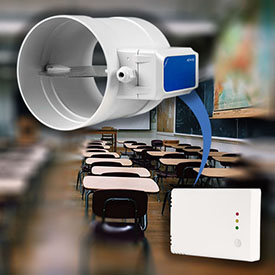 This sensor can be connected with just one RJ45 connector. Power over Modbus, or PoM, connects Modbus RTU communication and a 24 V DC power supply via a single UTP cable. To make wiring easier, we recommend using a Sentera 24 VDC power supply with an RJ45 connector. These power supplies provide short-circuit, overload, and overvoltage protection. A supply voltage of 24 V DC improves the safety and reliability of your installation.
This sensor can be connected with just one RJ45 connector. Power over Modbus, or PoM, connects Modbus RTU communication and a 24 V DC power supply via a single UTP cable. To make wiring easier, we recommend using a Sentera 24 VDC power supply with an RJ45 connector. These power supplies provide short-circuit, overload, and overvoltage protection. A supply voltage of 24 V DC improves the safety and reliability of your installation. This sensor requires very little configuration. It is almost directly usable once it has been installed. Temperature and relative humidity are often region and season specific. These parameters are still adjusted to the correct values during installation. The other default settings will be suitable for most applications. However, they can also be adjusted via the respective Modbus registers if necessary. The light levels of the LEDs used for status indication are adjustable and you can choose to deactivate one or more measurement values. The Modbus register map provides an exhaustive list of all programmable settings.
How Does the ABC Logic Self-Calibration Algorithm Work?
The ABC logic self-calibrating algorithm is by default enabled. This algorithm is designed to be used in applications where CO2 concentrations will drop to outside ambient conditions (400 ppm) at least once (15 minutes) in a 7-day period, which is typically seen during unoccupied periods. The sensor will reach its operational accuracy after 25 hours of continuous operation at a condition that it was exposed to ambient reference levels of air at 400 ppm ± 10 ppm CO2.
What Are the Protection Features of the Sensor Enclosure and How Is It Mounted?
The enclosure offers an IP30 protection against ingress of dust and moisture. It can be mounted on a wall indoors. To ensure optimal performance, it should be protected from direct sunlight.
∞ Monitoring air quality
The enclosure offers an IP30 protection against ingress of dust and moisture. It can be mounted on a wall indoors. To ensure optimal performance, it should be protected from direct sunlight.
∞ Monitoring air quality

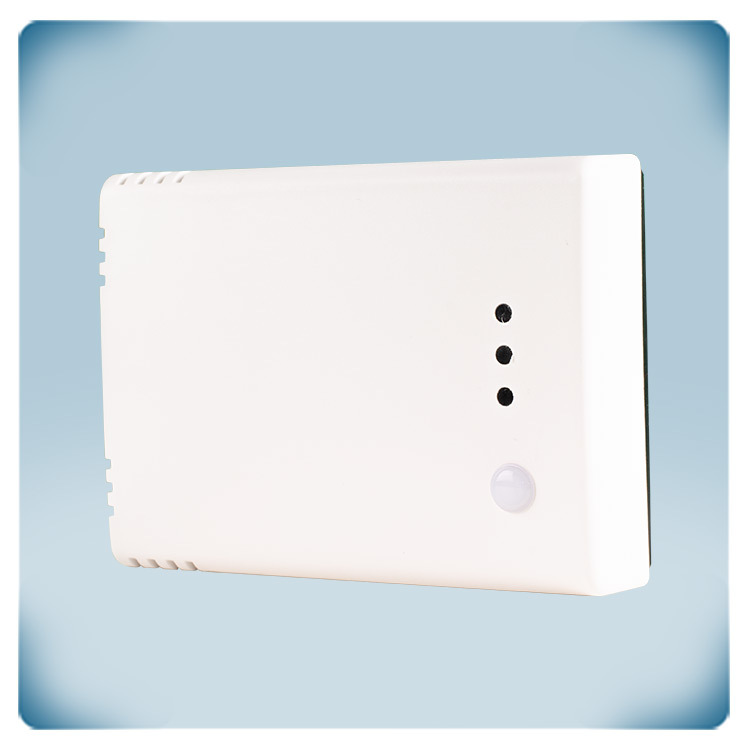
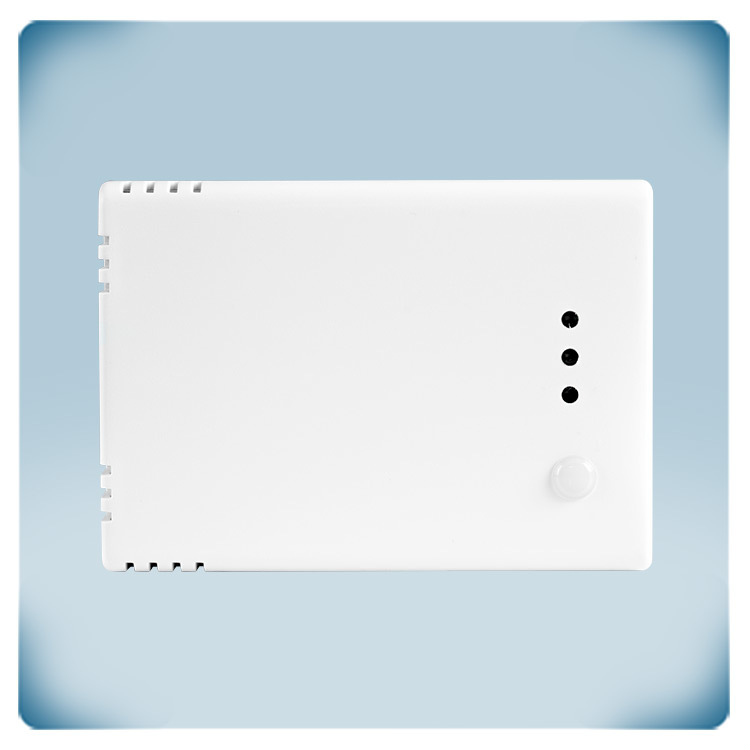
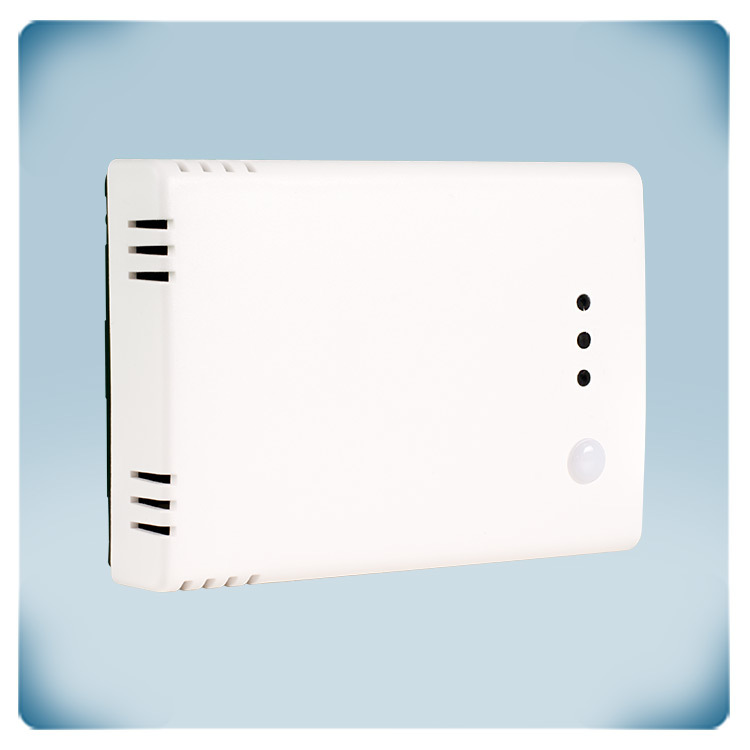
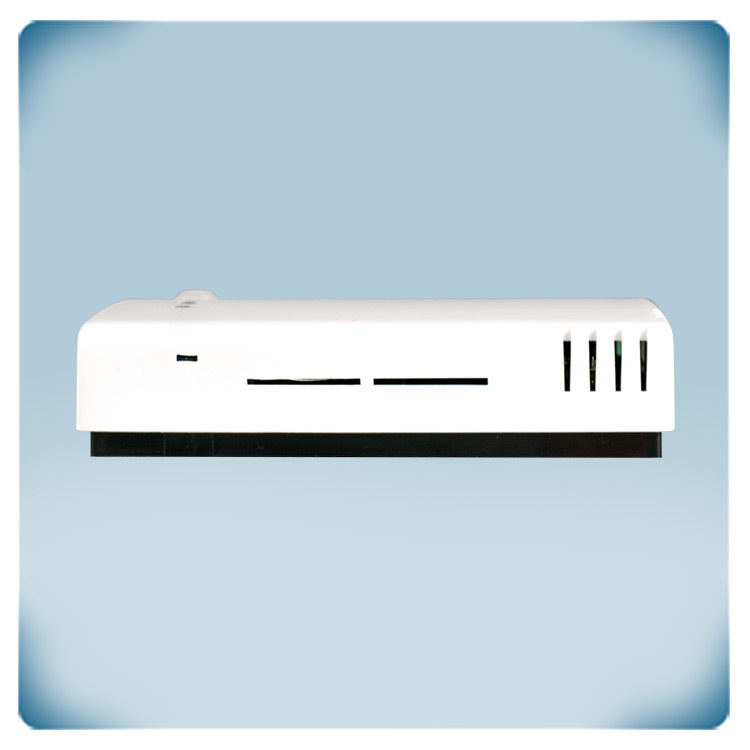
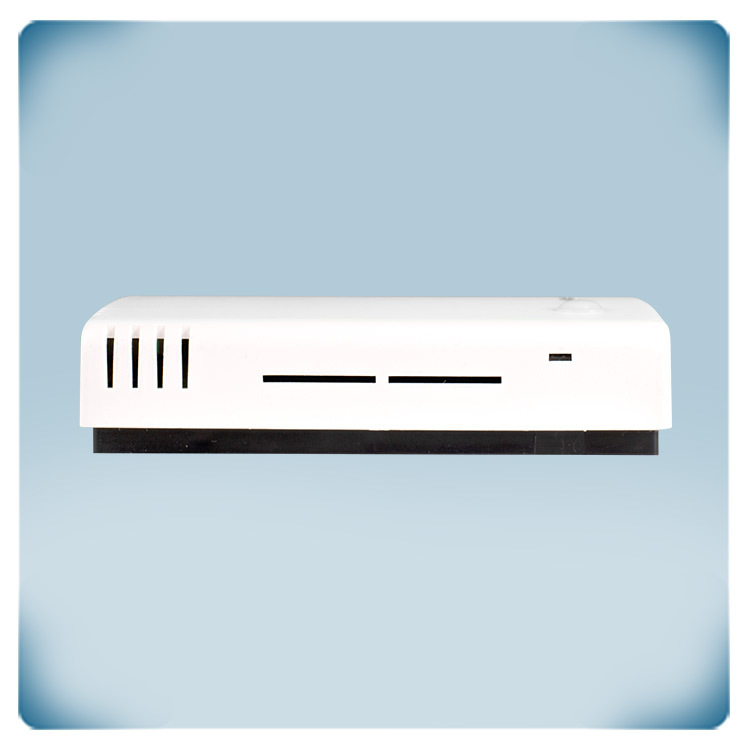

.webp)
.webp)
.webp)
.webp)
.webp)
.webp)
Remarks, reviews & ratings